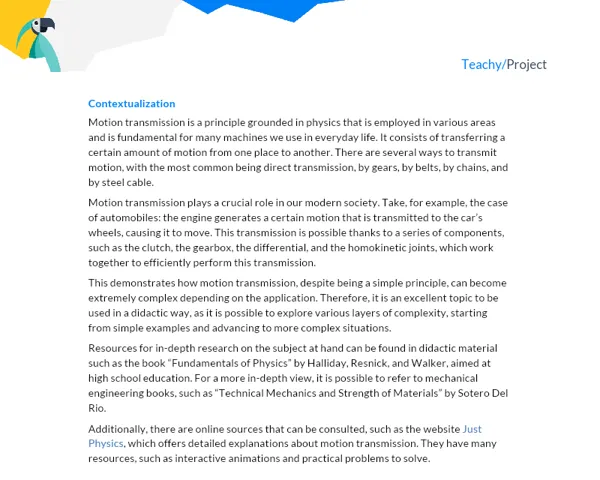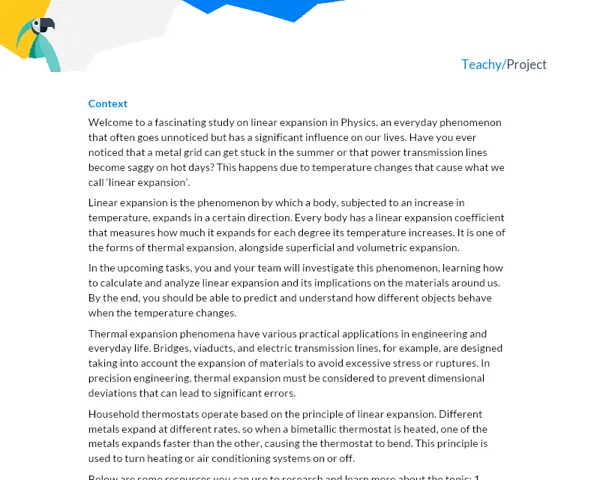Contextualization
Flow rate is a concept of great importance in physics, especially in hydrodynamics. It can be defined as the amount of fluid that passes through a section of a pipe or channel per unit of time. The study of flow rate allows us to understand how water flows from a faucet to how blood flows in our veins.
In our daily lives, flow rate is a key element in the distribution and consumption of water, in the transport of gases through pipelines, and in the generation of energy in hydroelectric power plants. It also has great relevance in many industrial processes, where precise measurements are necessary to ensure the efficiency and safety of the processes.
Theoretical Introduction
To begin our study on the subject, it is important to understand that flow rate is associated with three physical quantities: the flow velocity of the fluid, the cross-sectional area through which it passes, and the time it takes to travel through it. Mathematically, flow rate (Q) is determined by the formula Q = Av, where A is the cross-sectional area and v is the fluid velocity.
There are two types of flow rate, volumetric flow rate, which is defined as the volume of fluid passing through a section per unit of time, and mass flow rate, which is the mass of fluid passing through a section per unit of time. The units of measurement are different, but the physical relationship is the same: the higher the fluid velocity or the larger the cross-sectional area, the greater the flow rate.
Finally, it is relevant to mention Bernoulli's principle, which relates the velocity of a fluid flow to the difference in pressure and height. This principle allows us to understand why the flow rate of a fluid can change when it passes through a pipe of varying diameter or when subjected to different pressures.
Activity: "Aqueduct Operation"
Project Objective:
Measure the flow rate of water from domestic sources and investigate how the flow rate changes under different conditions, such as changing the faucet opening or the inclination of a hose.
Detailed Project Description:
Students, in groups of 3 to 5, will measure the water flow rate from a faucet and understand how it is affected by changes in the faucet opening. Then, the groups will create a small aqueduct with a hose, simulating a water transport situation, and will measure the water flow rate when changing the hose's inclination.
Required Materials:
- Bucket or large container with volume markings
- Hose
- Stopwatch
- Ruler or measuring tape
- Notebook or paper to record data
- Calculator
Detailed Step-by-Step for Carrying Out the Activity:
-
Students choose a faucet and determine the maximum volume of a bucket or container they will use to collect the water.
-
With the help of a stopwatch, they measure the time required to fill the container to the maximum volume mark with the faucet fully open.
-
They repeat step 2 for different faucet openings (half open, one-quarter open, etc).
-
Using the collected data, students calculate the water flow rate in each condition, using the formula Q = V/t, where Q is the flow rate, V is the collected water volume, and t is time.
-
Next, students create a small aqueduct with a hose, which carries the water from the faucet to a lower point.
-
They again measure the time required to fill the same container using the aqueduct at different inclinations.
-
With the help of the collected data, students calculate the water flow rate in each condition.
Project Deliverables and Connections to Suggested Activities:
After completing the practical part, students should prepare a report containing:
-
Introduction: Description of the flow rate concept, its relevance, real-world applications, and the objectives of this project.
-
Development: Explanation of the theory behind flow rate, detailed description of the activity performed, methodology used, and presentation and discussion of the results obtained.
-
Conclusion: Reflection on the discoveries made during the practical activity regarding flow rate and how it was affected by different conditions. Highlight what this could mean in terms of real-world applications, such as water distribution.
-
Bibliography: Indication of the sources consulted to support the work and understanding of the subject.
The report should reflect teamwork, task division and execution, and the discoveries made during the practical activity. The final result should demonstrate an understanding of the topic covered, the practical application of the flow rate concept, and the analysis of the collected data.


